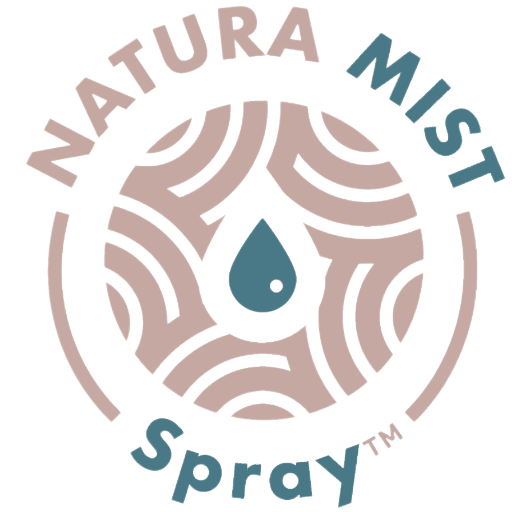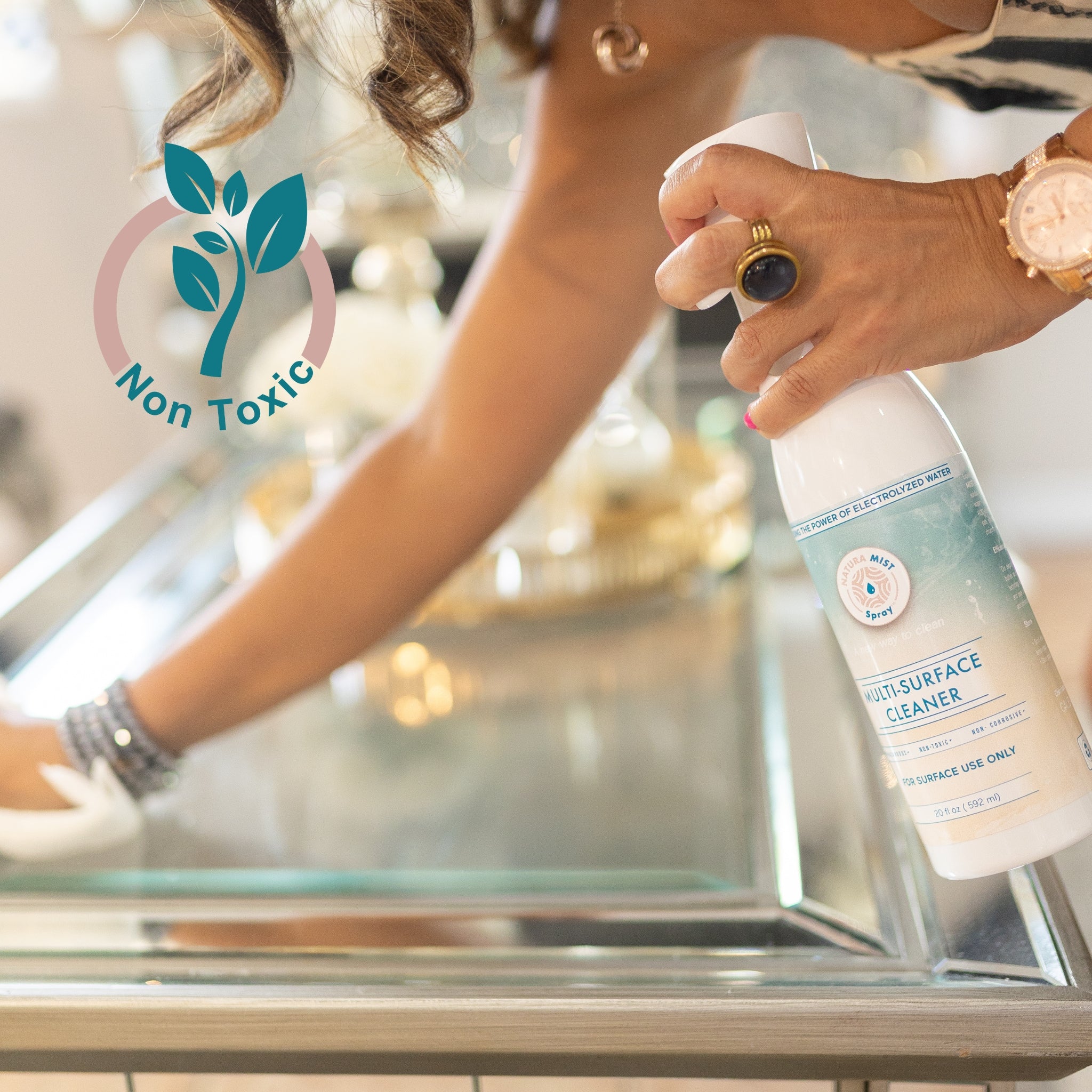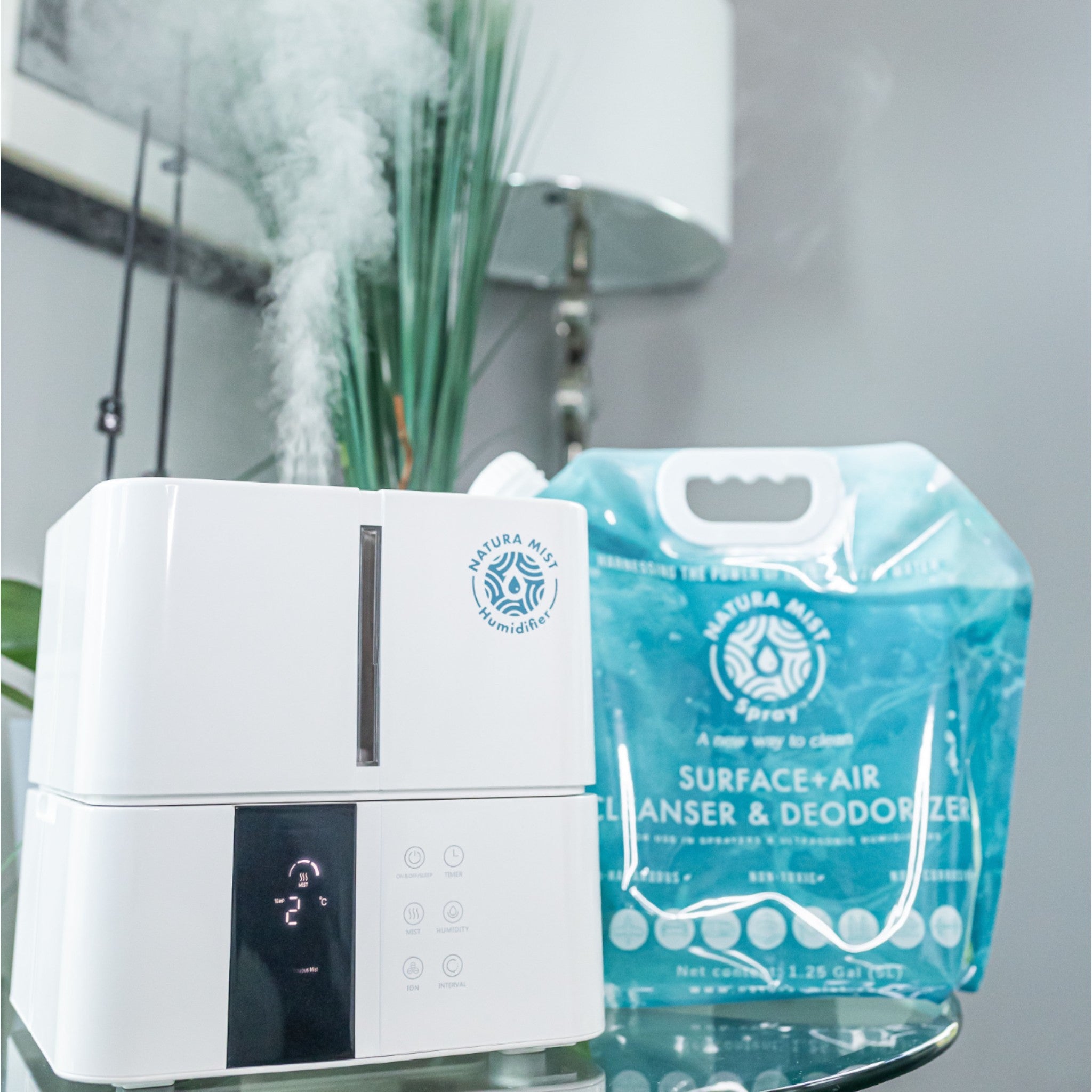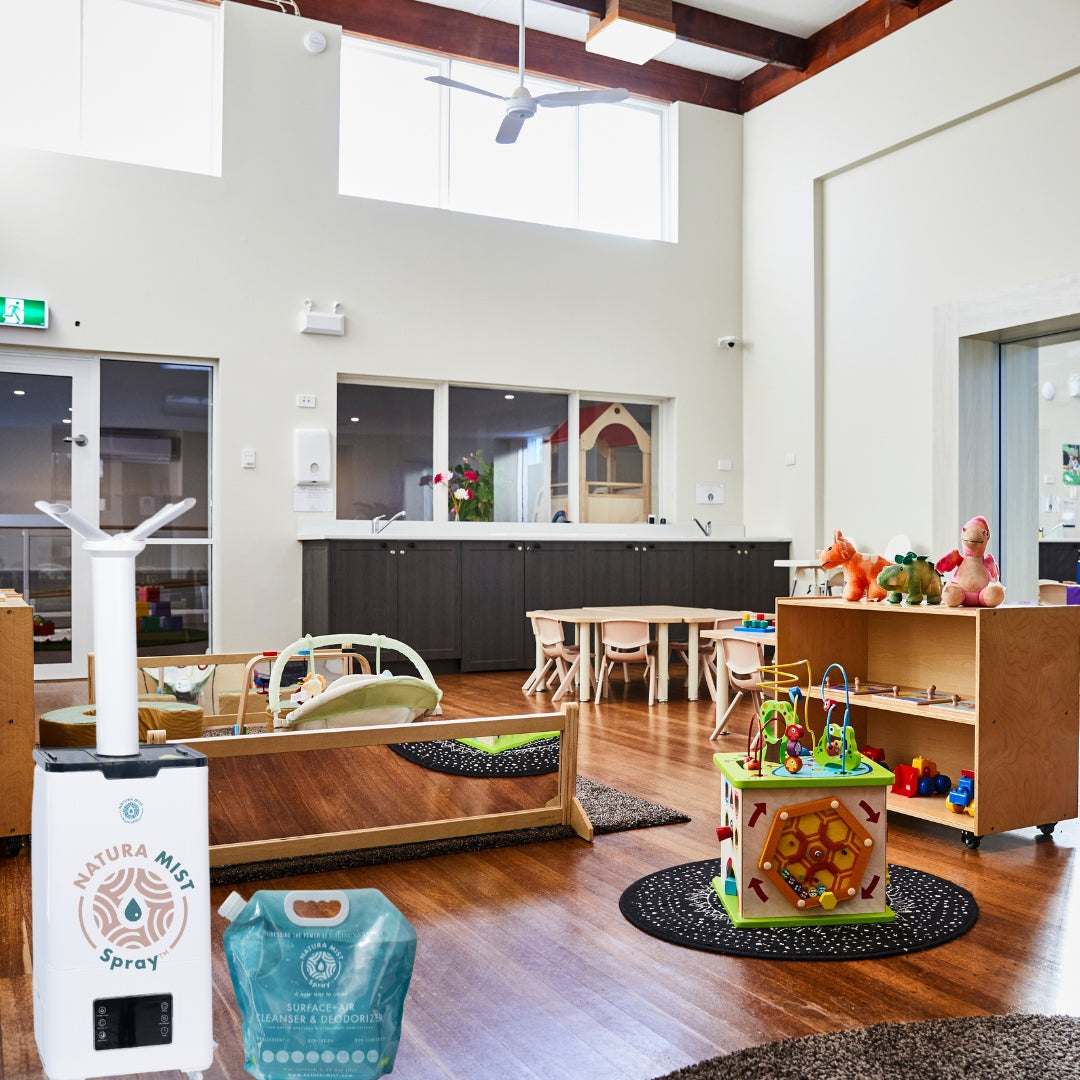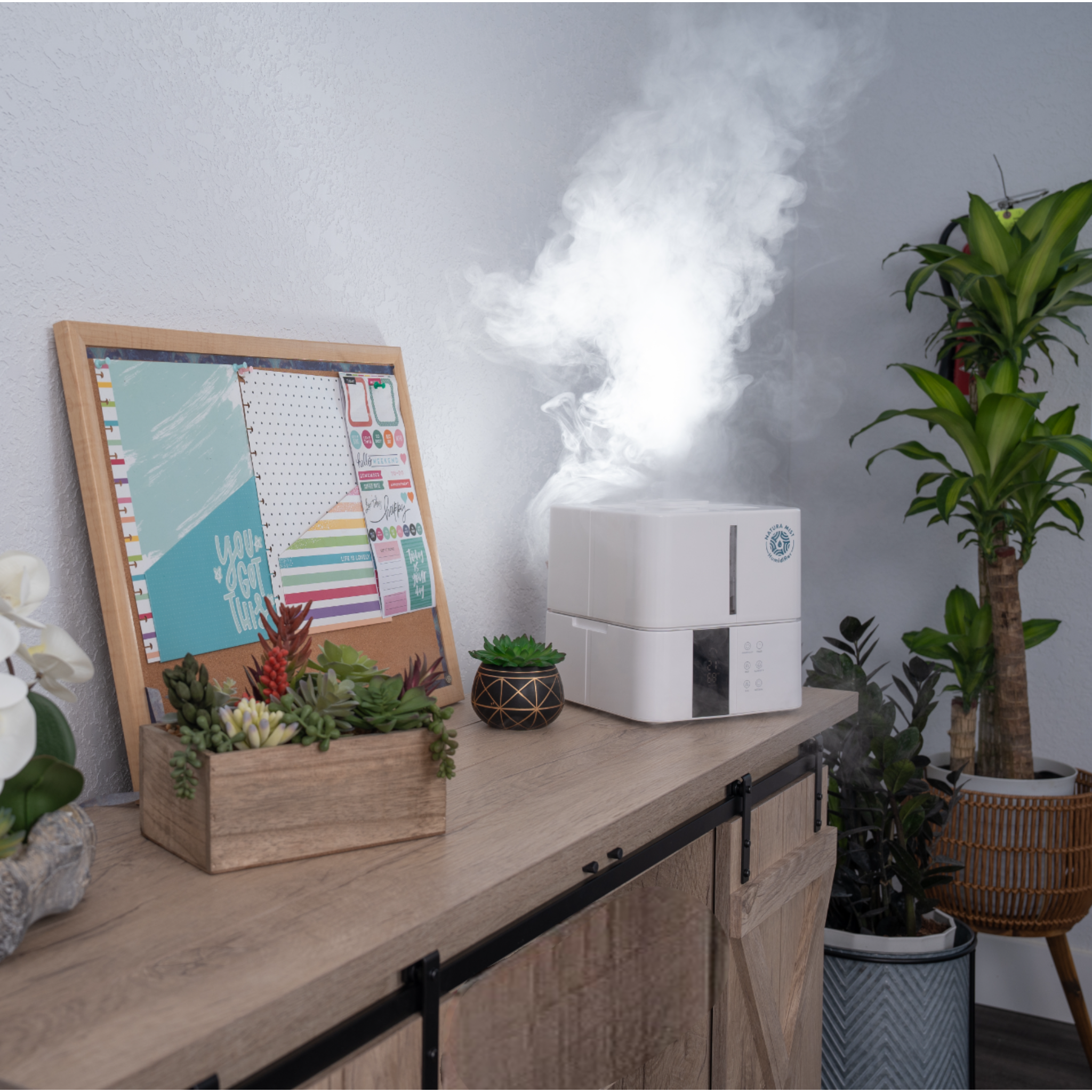Article: INDOOR AIR POLLUTION
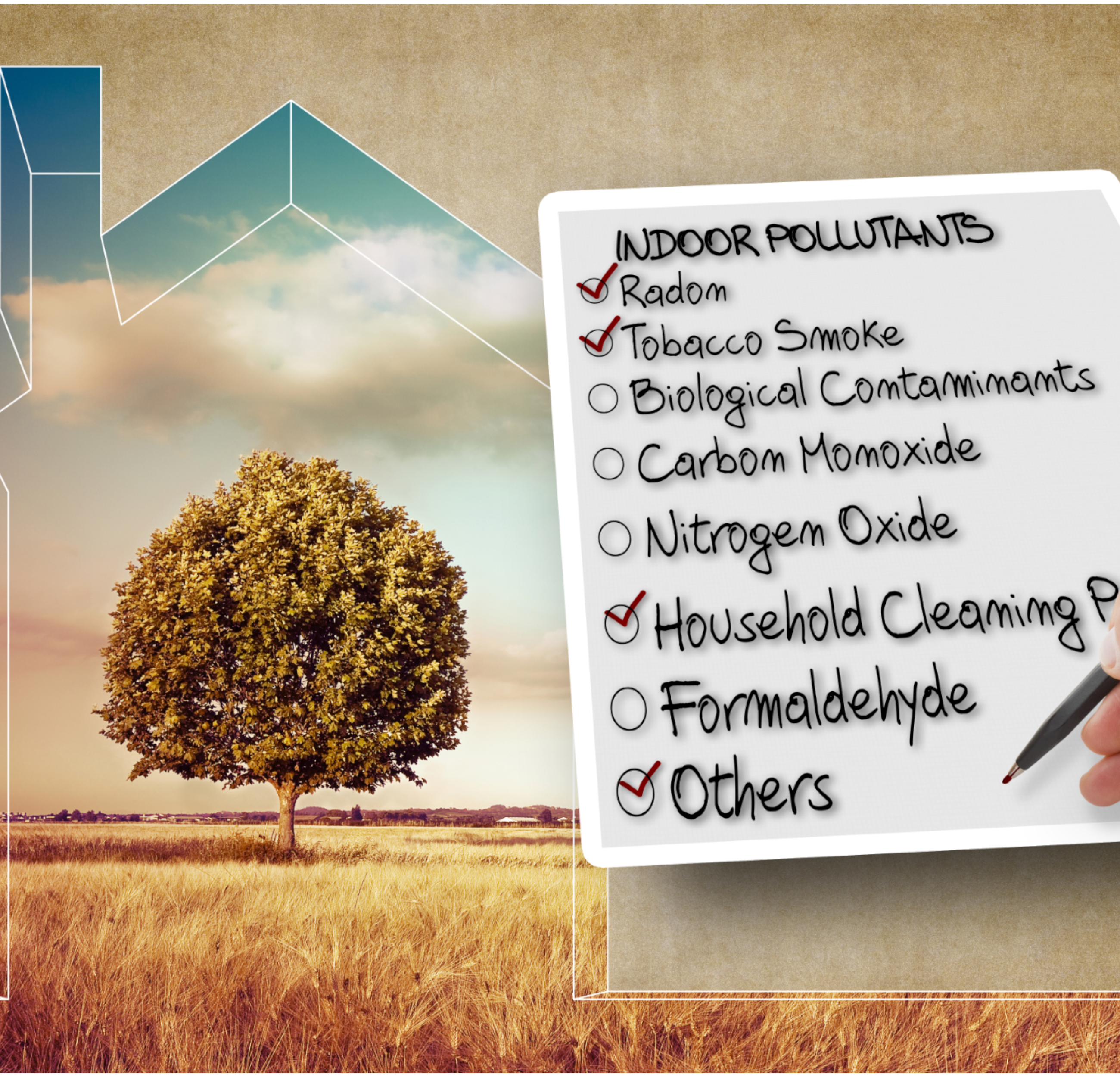
INDOOR AIR POLLUTION
Indoor air quality is a topic of growing concern for many people, especially those who suffer from allergies or respiratory problems. The air inside our homes and workplaces can contain a variety of pollutants, such as dust, pollen, mold, and bacteria. These contaminants can cause health problems ranging from headaches and fatigue to more serious respiratory conditions.
It's easy to assume that outdoor pollution is the biggest threat to our health, but in reality, indoor air pollution can be just as harmful, if not more so. According to the Environmental Protection Agency (EPA), indoor air can be up to five times more polluted than outdoor air. This is because indoor air is trapped and recirculated, meaning pollutants have nowhere to go.
Most contaminants aren’t visible to the naked eye, so it’s hard to tell how polluted your indoor air may be. Indoor air pollution is made up of suspended dust particles from plants, pollens, dander, microorganisms, insects, skin flakes, hairs, and fibers. Additionally, chemicals and fumes from paint, furniture, plastics, carpeting, candles, and tobacco smoke further contaminate indoor air quality. Most, if not all, of these chemicals and particles, significantly threaten your health with chronic exposure over time.
So, what types of contaminants and pollutants could be in your home right now?
- Formaldehyde from paint, bookshelves, cabinets, beds, plastics, cosmetics, fabrics, pillows, and drapes.
- VOCs, or volatile organic compounds, from paint, pesticides, building and hobby materials, cleaners, and cabinetry.
- Lead from old paint (simply opening an old painted window can release it into your air).
- Flame-retardant chemicals from furniture, carpeting, and mattresses.
- Fragrances and other chemicals from candles and cleaning and laundry supplies.
- Dander and allergens from pets and other animals.
- Tobacco smoke, including second and third-hand smoke.
The good news is that solutions are available to help improve indoor air quality. One of the most effective ways to clean the air in enclosed spaces is using tridimensional cleaning solutions like ultrasonic humidifiers paired with products like NATURA MIST SPRAY®. Ultrasonic humidifiers use high-frequency vibrations to produce a fine mist of microscopic water droplets released into the air. This mist helps to humidify the air, reducing airborne contaminants like dust, pollen, and chemicals. By using these solutions regularly, you can reduce the levels of airborne pollutants in your home or workplace, which can help to improve indoor air quality and create a healthier living environment.
Ultimately, the best solution for improving indoor air quality will depend on various factors, including the specific contaminants present in the air, the size and layout of the enclosed space, and the preferences and concerns of those occupying the space. Depending on where you live, simply opening windows and vents that allow fresh air to enter can certainly complement an indoor cleaning routine.
